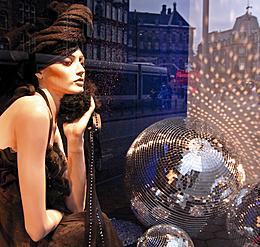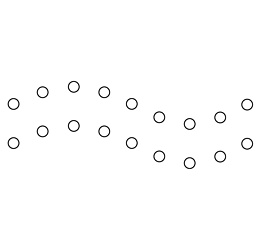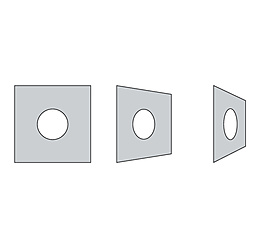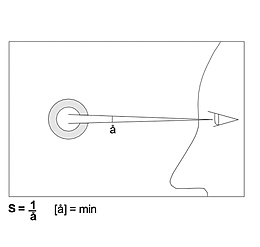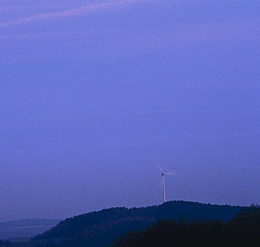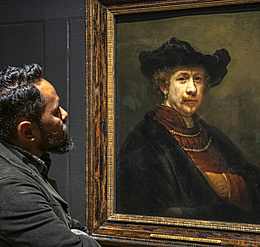
Contrast vision is the visual process of perceiving the difference in brightness (luminance) or colour between two objects, or between an object and its surroundings. To be able to see an object, it needs a sufficiently high contrast to its surroundings. This should ideally be at least 2:1. The lower the contrast, the more difficult it is to distinguish between two shapes.












